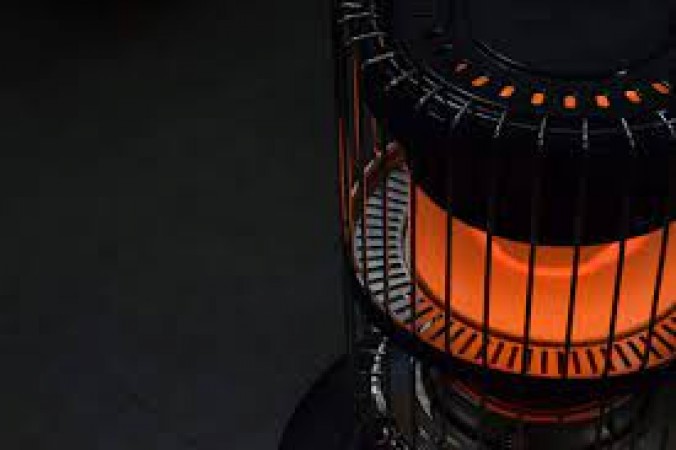
In our cozy homes, heaters are often a source of comfort during chilly nights. However, there's a darker side to this warmth that demands our attention. Reports suggest that certain conditions may lead to tragic consequences, with people succumbing to the silent threat posed by heaters.
Heaters, a common household appliance, can become lethal under specific circumstances. It's crucial to comprehend the potential risks associated with their usage, especially during the nighttime.
Heaters left unattended or running for extended periods can overheat, raising the room temperature to dangerous levels.
Improperly ventilated heaters, especially gas-powered ones, may emit carbon monoxide – a silent, odorless killer that can be fatal during sleep.
Placing heaters too close to flammable materials like curtains or bedding increases the risk of fires breaking out while everyone is asleep.
Tragically, there have been instances where individuals met their demise due to heater-related incidents. These cases underscore the importance of awareness and caution.
Stories of families discovering the lifeless bodies of their loved ones due to carbon monoxide poisoning serve as a chilling reminder of the potential dangers.
Instances of heaters sparking fires in the dead of night have led to devastating consequences, leaving homes in ashes and lives shattered.
Preventing nighttime heater-related deaths involves implementing practical measures to ensure the safety of your household.
Scheduled maintenance checks for heaters can identify potential issues before they escalate, averting disasters.
Ensuring proper ventilation is crucial, especially for gas heaters, to minimize the risk of carbon monoxide buildup.
Keep heaters away from flammable objects and maintain a safe distance to prevent fires.
Raising awareness about the risks associated with heaters during the night is paramount. It's a responsibility that extends to both manufacturers and consumers.
Manufacturers should provide clear guidelines on the safe usage of heaters, emphasizing the importance of adherence to safety protocols.
Government initiatives and public service campaigns play a vital role in educating the masses about heater safety, especially during nighttime use.
Each heater-related death is not just a statistic but a tragedy that impacts families and communities. Understanding the human cost emphasizes the urgency of taking preventive measures.
Behind every incident, there's a family grappling with grief and loss, highlighting the urgent need for comprehensive safety measures.
Communities should come together to support affected families, emphasizing the importance of a collective effort in preventing such tragedies.
Ensuring accountability for heater-related deaths involves scrutinizing legal aspects to prevent further occurrences.
Examining the existing legal framework and advocating for stricter regulations can be a crucial step in holding manufacturers accountable for ensuring product safety.
Empowering consumers with knowledge about their rights and avenues for seeking legal recourse can contribute to a safer market.
Advancements in technology and innovation can pave the way for safer heaters, reducing the likelihood of nighttime tragedies.
Integration of smart technologies, such as automatic shutdown features and real-time monitoring, can mitigate risks significantly.
Investing in research and development can lead to the creation of heaters with enhanced safety features, ensuring a more secure user experience.
Education is a powerful tool in preventing nighttime heater-related deaths, emphasizing the importance of cultivating a safety-conscious mindset.
Incorporating heater safety education into school curriculums can instill lifelong habits of responsible appliance usage.
Conducting workshops within communities can empower individuals with the knowledge needed to make informed decisions regarding heater safety.
As we navigate the complex landscape of nighttime heater-related deaths, it's essential to pave the way for a safer future.
Staying vigilant and proactive in addressing emerging risks and challenges is crucial to maintaining a safe living environment.
Ultimately, the onus lies on all of us – manufacturers, regulators, and consumers – to collectively create an environment where nighttime heater-related deaths are a thing of the past.
Remembering Irrfan Khan: A Legend in World Cinema
Dawood Ibrahim's Ancestral Properties Set for Auction; Shiv Sena's Ajay Srivastava Among Bidders